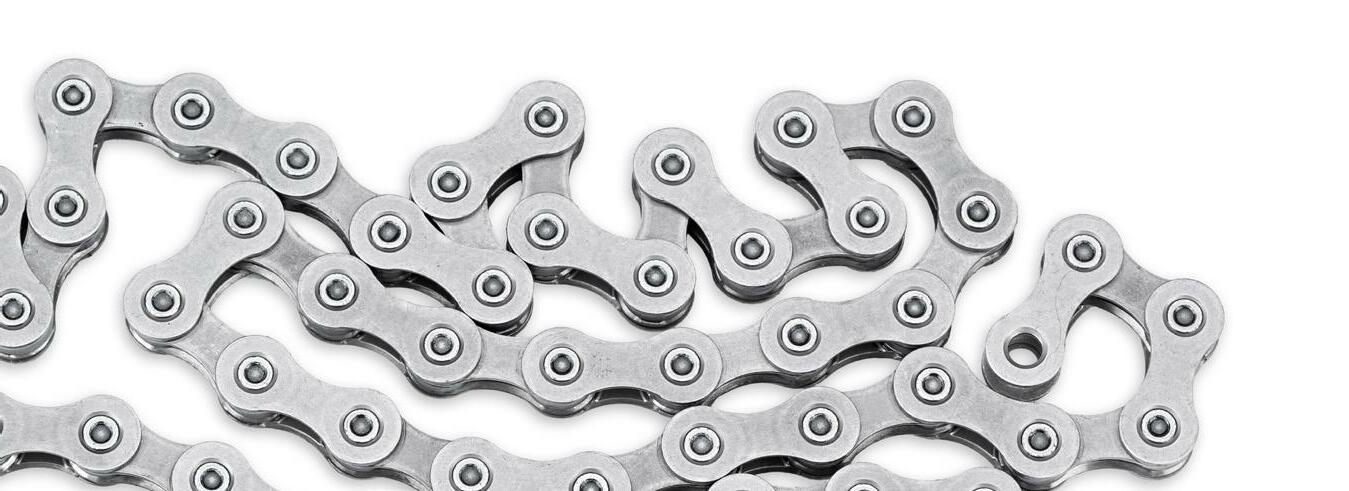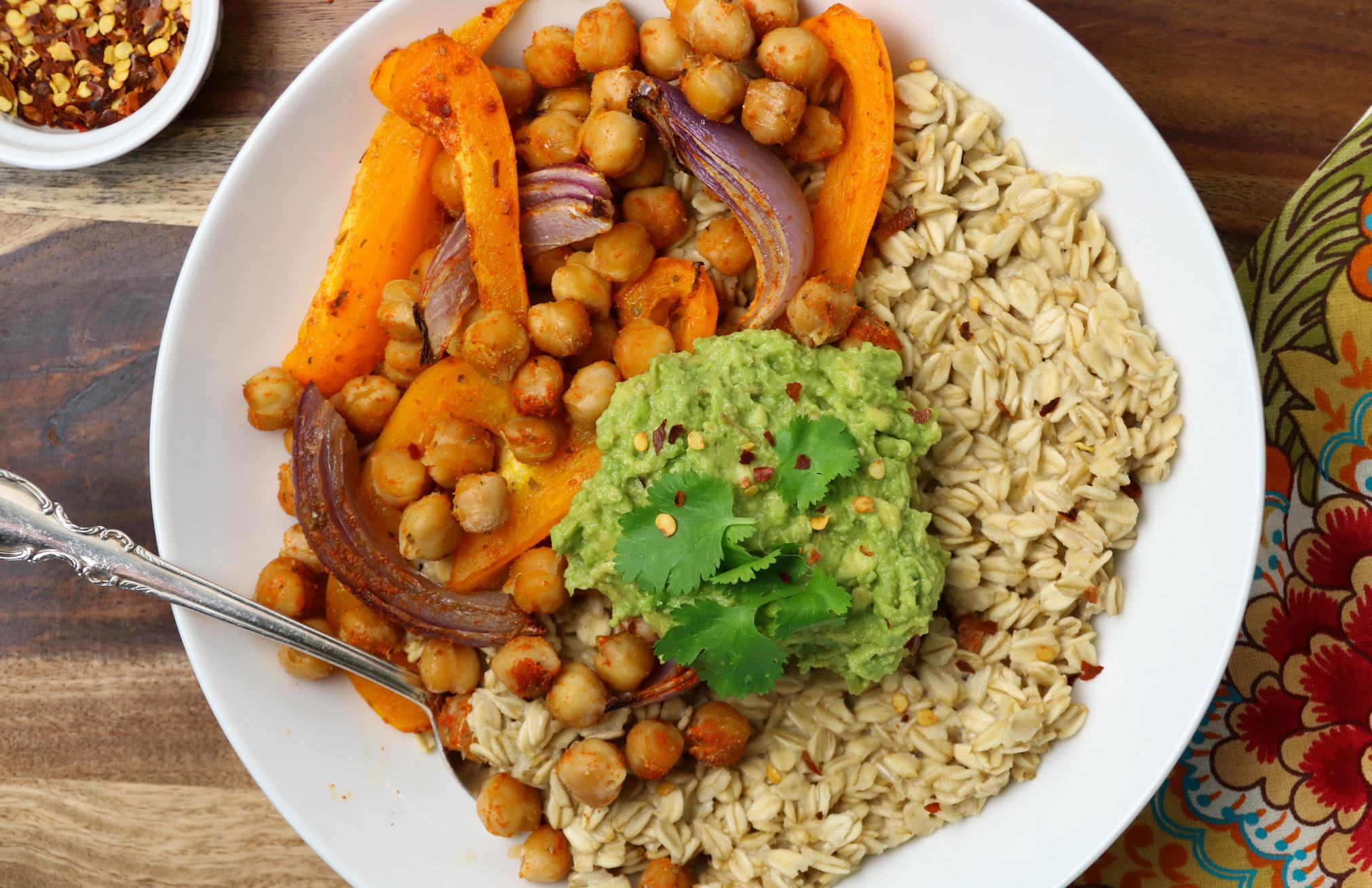
6 minute read
RECIPE
Savory Spiced Chickpea Oatmeal
By Crissie Mergogey
Advertisement
INGREDIENTS • 1 can (15 oz) chickpeas, rinsed • 1 bell pepper, sliced • 1 small red onion, sliced • 1 tbsp olive oil • 1/2 tsp ground cumin • 1/2 tsp chili powder • 1/2 tsp smoked paprika • 1/2 tsp garlic powder • 1/2 tsp dried oregano • 1/4 tsp salt, or to taste • 1/8 tsp black pepper • pinch cayenne pepper (optional) • 1 cup rolled oats • 3/4 cup vegetable broth • 3/4 cup milk or non-dairy alternative • 1 avocado • Cilantro, for garnish DIRECTIONS Preheat oven to 400 degrees Fahrenheit. Line a baking sheet with parchment paper or a silicone baking mat. Add the chickpeas, bell pepper and onion to the lined baking sheet. Sprinkle evenly with the spices, and mix to coat the veggies. Bake for 20 minutes. Meanwhile, bring the oats, vegetable broth and milk to a boil in a small pot. Reduce heat and simmer for 7-10 minutes, stirring frequently until thick and creamy. Top the cooked oatmeal with the savory chickpea veggie mixture, top with avocado, and garnish with fresh cilantro.
Serves: 2 Time: 25 minutes
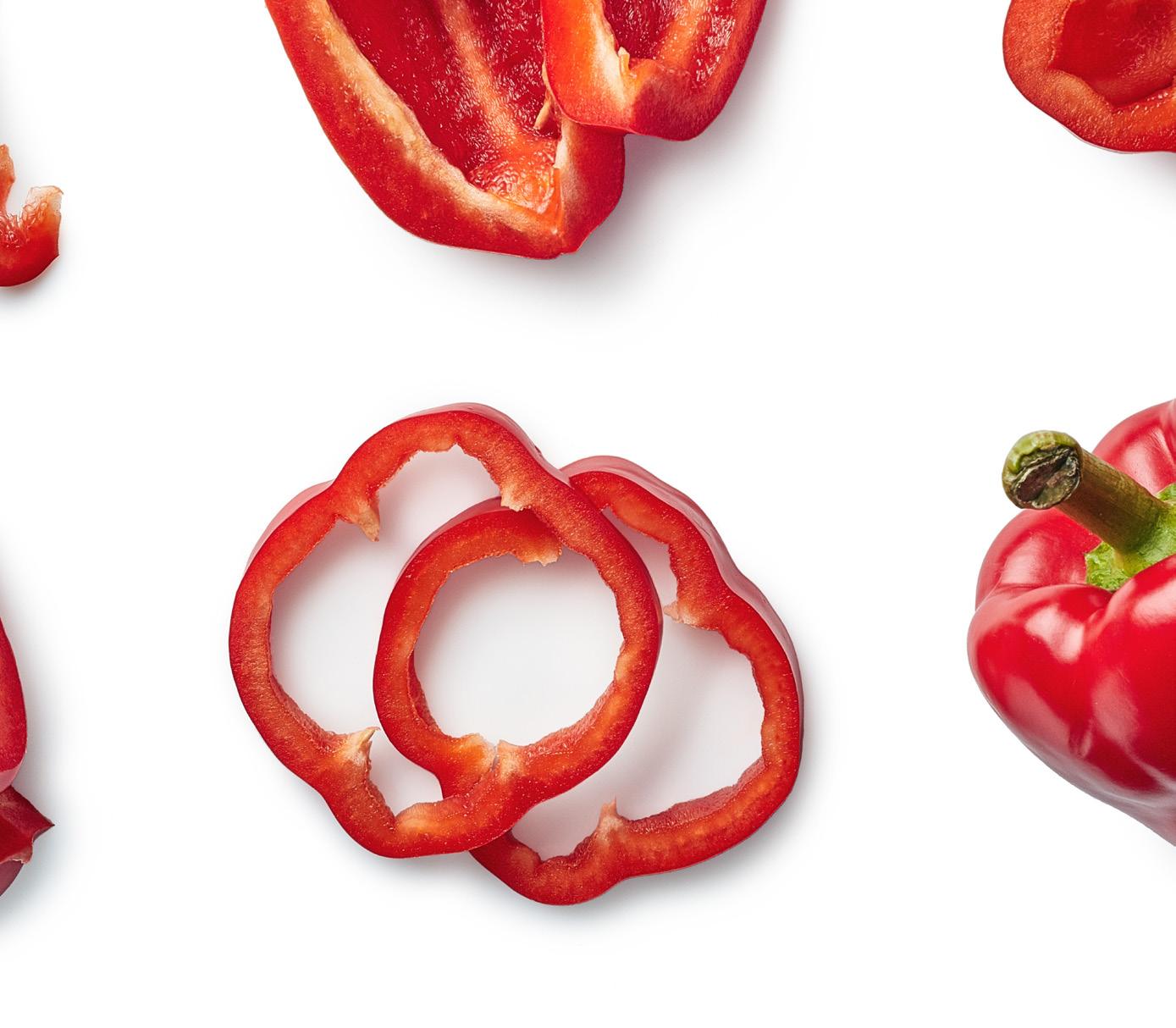
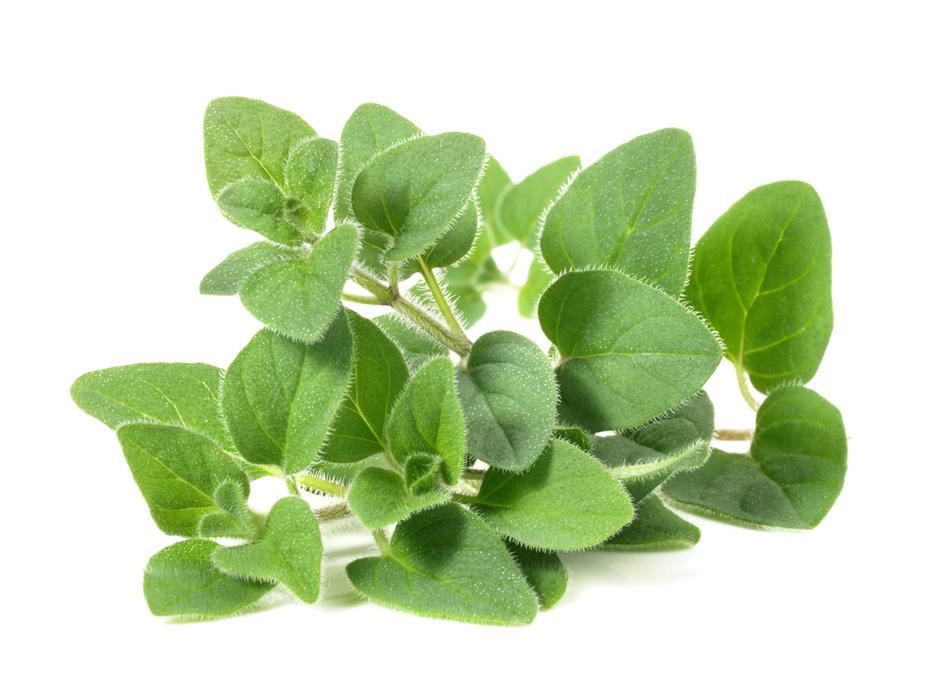
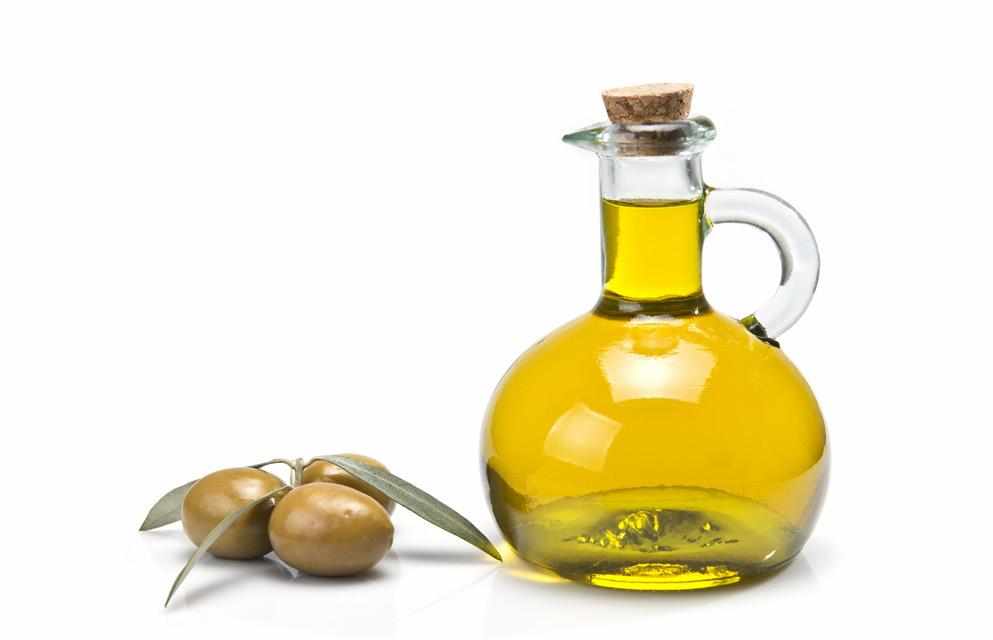
By Juliane Kristine Morris Gardening At any age, outdoor gardening remains a best activity choice–whether to produce decorative flowers to adorn a home, provide edible ingredients for mealtime, or help nature’s bees and other creatives to thrive. Gardening FOR THE AGELESS connects us with our natural world and awakens our senses. For aging bodies, gardening’s lightto moderate-intensity workout helps keep calories in check, and assists to maintain and improve flexibility, coordination and strength. By being aware of ability and making accommodations for limitations, gardening can remain thoroughly rewarding. PATHWAYS: Consider your pathways to and around the garden area. Are they flat, well-paved and generally safe? Paths that are four or more feet wide allow access to walker and wheelchair maneuvering. Place a comfortable and shaded outdoor bench or chairs along the path. Install low-voltage and solar-powered path lighting to improve pathway visibility.



HEIGHT & ACCESS
MATTER:
Raised beds or planters help with planting, watering, feeding, weeding, and harvest time, while minimizing excessive straining, bending and reaching. Using garden pots, planted flowers and veggies can be in lighter weight foam-walled or resin containers with lightweight or soilless mixture, and moved around if locking casters can be incorporated. GROWING CHOICES:
Select plants that can tolerate being left to their own devices so that if you skip a day now and then, the garden’s health and success is not compromised.
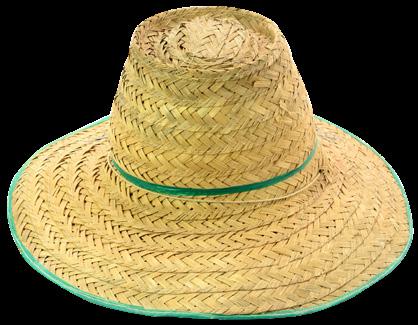
GARDENING
ADVANCEMENTS:
Explore advancements in vertical gardening where vining plants are encouraged to grow upward with supportive stakes, trellises, fences and cages. These are also helpful during harvest time, and add more space to limited areas. Irrigation innovations add efficiencies to make gardening efforts more targeted and less time and labor intensive SAFETY MEASURES:
Use a safe sunscreen (including protective SPF lip balm), a broadbrim hat, sunglasses, gardening gloves, sturdy shoes and insect repellent when needed. Wear lightweight, long-sleeved clothing to help protect against sometimes slower-healing garden scratches and cuts. Work in the morning and evening when the sun is lower and air cooler. Take a filled reusable drinking container outdoors so the thought of having to go indoors to get a drink is not a hindrance to quenching your thirst. MOVEMENT MATTERS:
Tighten the body’s core muscles when lifting and placing down carried items, taking care not to twist. To help prevent injury, bend at the knees and hips. Use a stool rather than kneeling or crouching to do ground-level work. Avoid excessively prolonged repetitive motions and work that strain certain muscle groups or joints.
Switch between easier and more rigorous tasks to provide periods of less straining work. TOOL TIPS:
Tool handles can be painted in bright colors or wrapped in colorful tape to make them easier to locate from tool inventory or if dropped. Some tools have thicker handles which are sometimes easier to grip and control, or wrap the handles of existing tools with sliding form-fitting foam tubing.
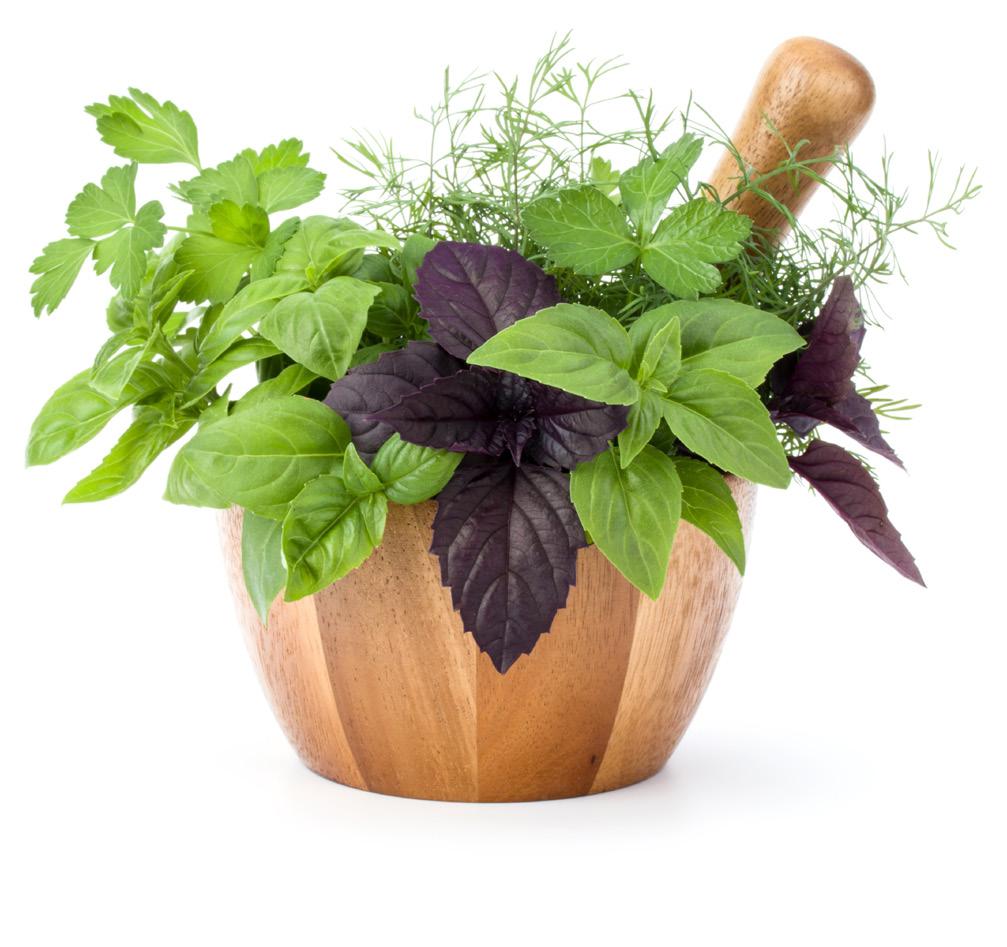
BRING THE GARDEN
INDOORS:
Planting a small potted garden on a windowsill or two around the home creates a low maintenance way to continue enjoying living, green, oxygen-gifting and spirit-lifting plant growth.
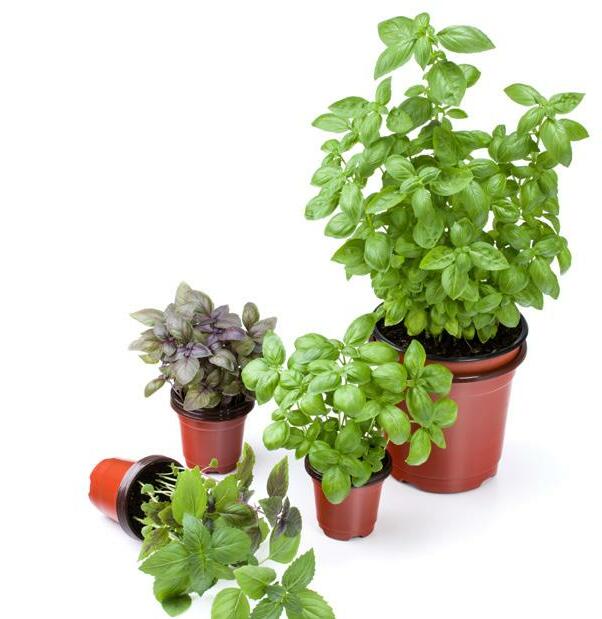
Native plants are a great choice for ease of care.


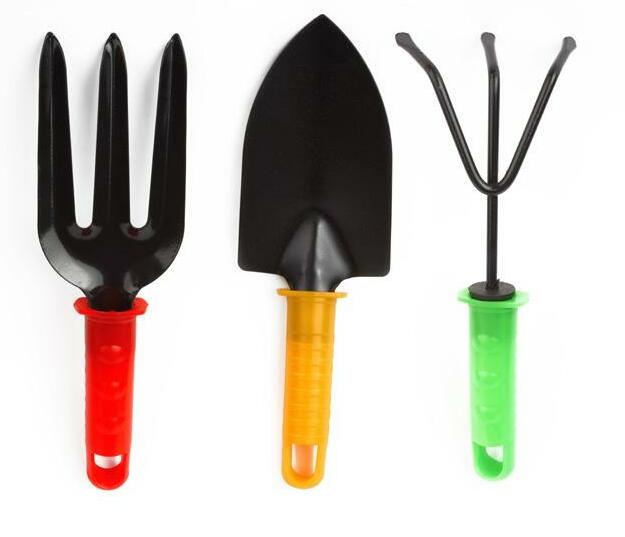
Bike Bike Safety Tips Safety Tips
By Juliane Kristine Morris
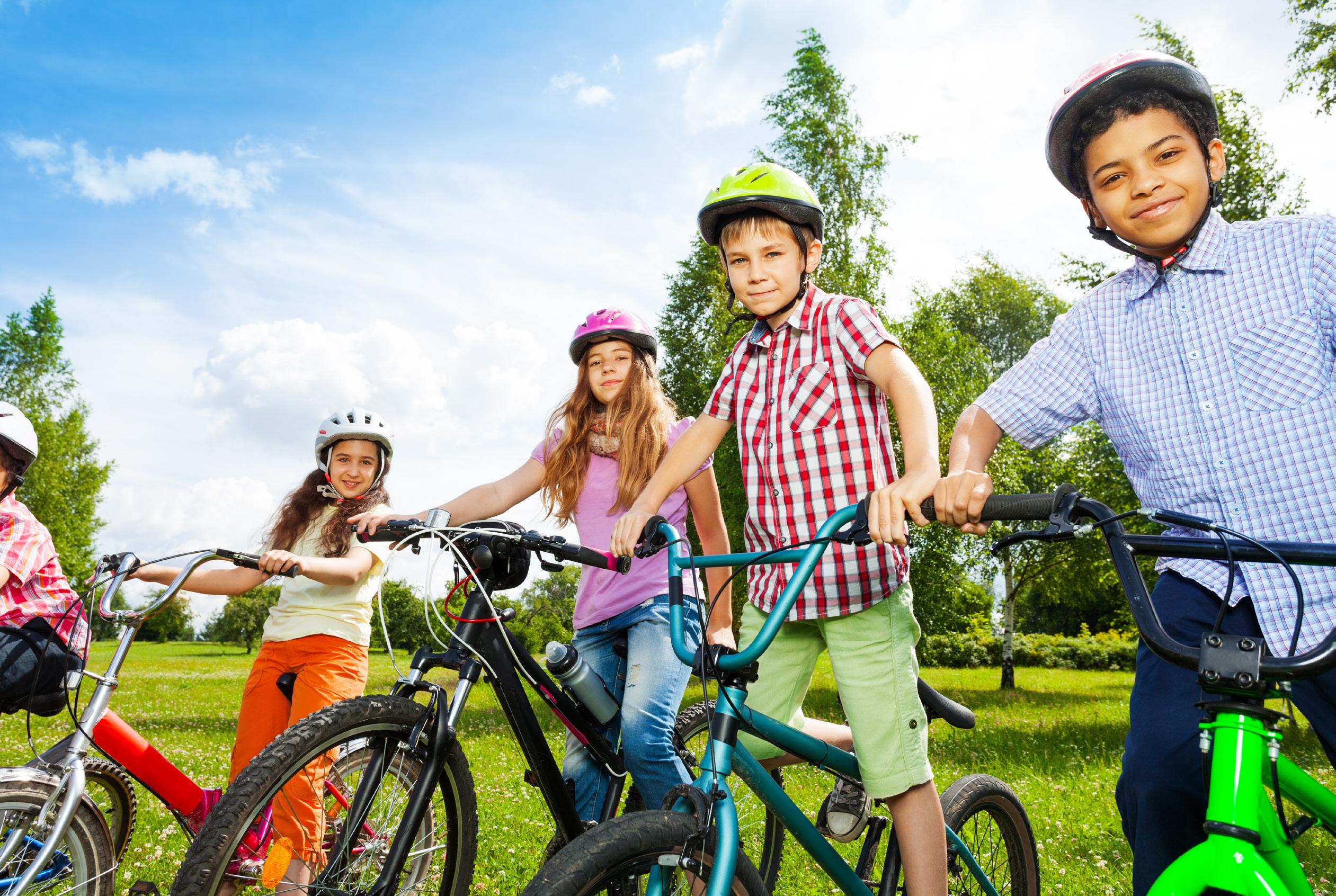
Like anything else, things change, and bike safety has changed a bit too. Practicing safety as a bike rider covers a lot of territory—the physics of speed and stopping, the readiness of biking equipment, and always: being aware of your surroundings and having your surroundings be aware of you! Follow these child bike safety tips to help ensure a happy and healthy ride.
Perform a safety check. For a bike that has been sitting out of use for a long time, a bike tune-up may be a good idea since the pros know what to look for and can address issues that may need a fix. Check to be sure tires are fully inflated. Try out the brakes before getting on the bike by wheeling the bike forward and evaluating each brake. Be sure the bike chain is properly engaging with the gears as it cycles a turn or two. Determine your safe bike ride route or area. Streets of quiet, rarely driven neighborhoods have long been considered ideal, but knowing what is safe has to do with understanding a child’s ability. If you’re considering a ride on a more trafficked bike route, can the child independently start, ride and stop the bike in a straight line? Share with someone close to you where you’re going and when you expect to return. Conduct a personal safety check. Your checklist should include a well-fitting and secure bike helmet, highly visible clothing, no loose fabric, straps, laces that could get caught in the mechanics of a bike. Be sure bike riders are in the right frame of mind, have enough reserves to enjoy exerting energy, and are ready to be attentive. Take some water if someone might become thirsty on your ride. Leave surprises for birthdays, not bike rides. When you bike ride in a predictable way, then walkers, car drivers and other bike riders have fewer accidents. Unfortunately, collisions with others happen when a rider may suddenly and unexpectedly sway or stop the bike. Hand signals can share bike riding intentions, and parents who model such hand signals and predictable riding help their children learn bike safety, the importance of predictability and of being seen by others. Ride with the direction of traffic, obey all traffic signals and use a bell or loud voice to communicate bike riding intentions with others as needed.
Happy Wheeling!

